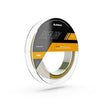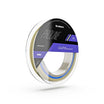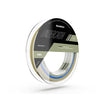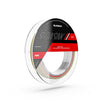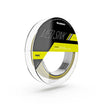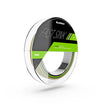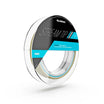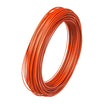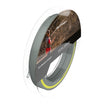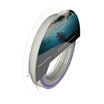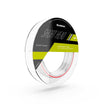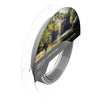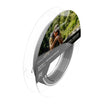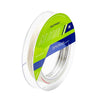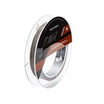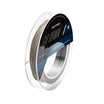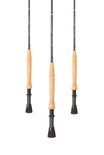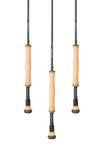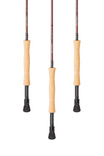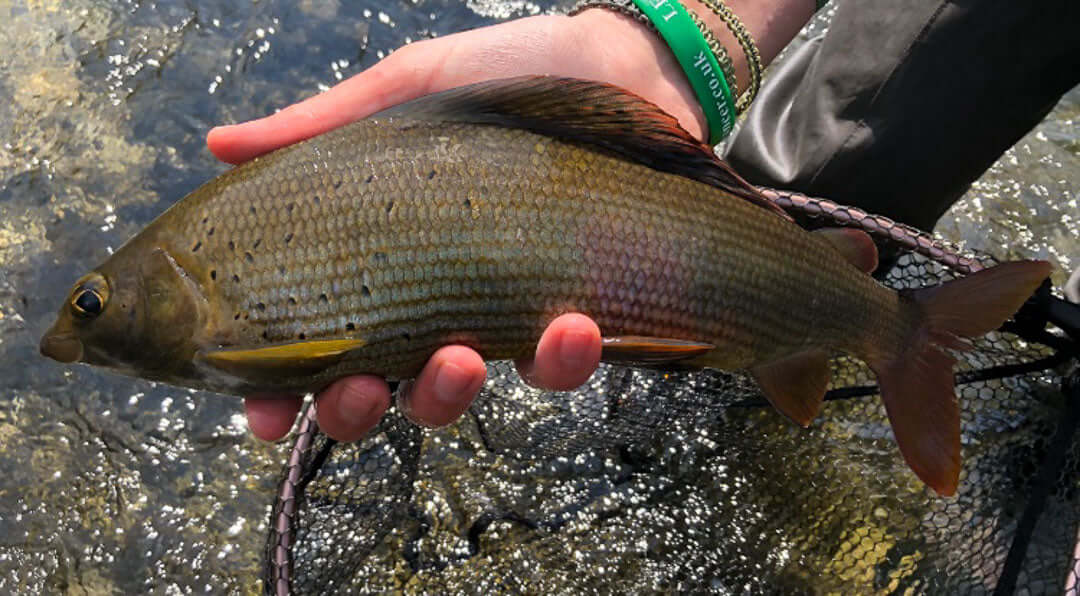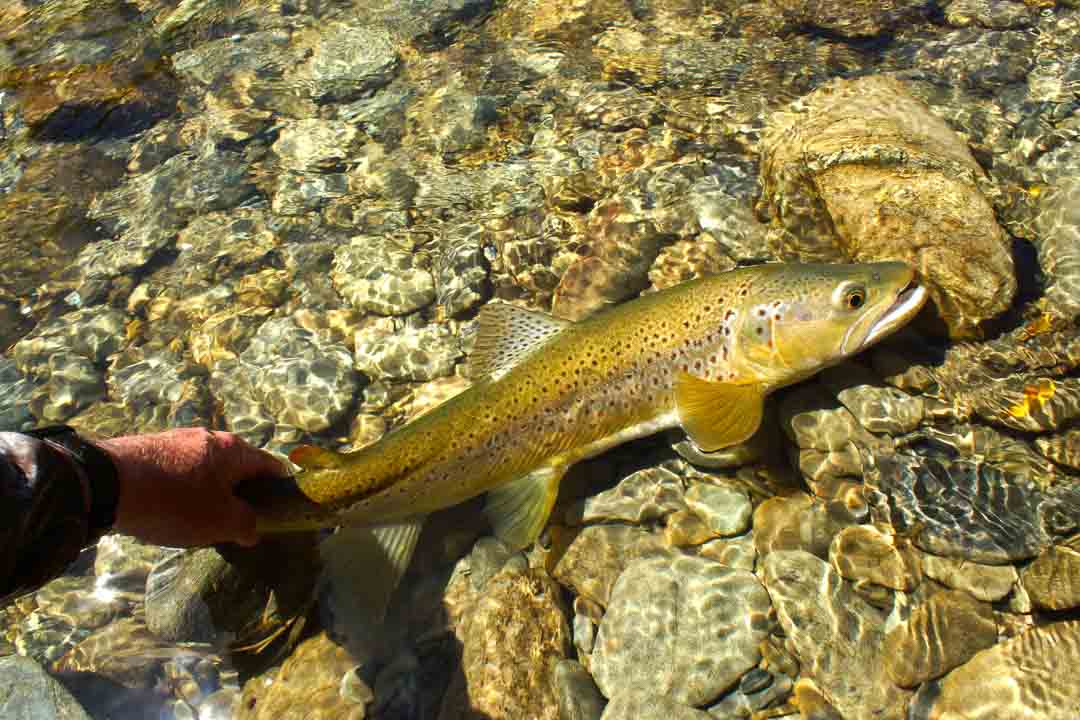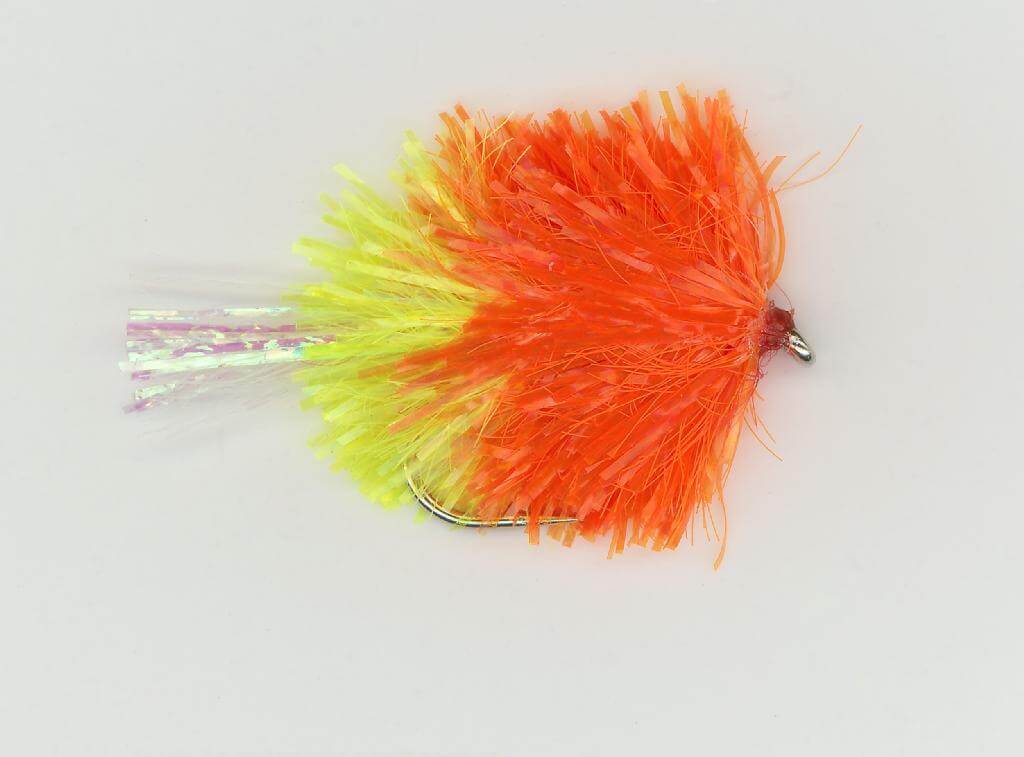Fly Fishing in Croatia
In my humble opinion, sight fishing is one of the most exciting means of catching fly fishing. Whether it be on a lake or river freshwater fishing, targeting a specific fish and watching it take your fly is nothing short of magnificent. On a recent trip fishing in Croatia I fished a stretch of the River Kupa with the simple aim of catching big grayling. My method of choice to target these fish was a Volition 10ft 2w, coupled with a long French leader and very fine tippet. The French leader was ideal because it allowed me to reach spookier fish from distance with minimal surface disturbance, as well as utilising European nymphing techniques in the deeper pools and pocket water, where the faster moving water enabled me to get closer to the fish.

The river was tap water clear which meant that you could see all of the fresh water fish as well as them seeing you… This meant a slow and stealthy approach was key to success. Being 6ft 5, getting close to fish isn’t easy, so the French leader was a life saver when it came to the larger spookier fish.
Soon after starting, I found that the smaller fish like to sit in the middle of the river whilst the larger grayling hold into the edges around the boulders and tree cover. So, after getting my eye in with a few of the smaller fish I decided to slowly move towards the far side of the river. Once I’d got about half-way across the river, I perched behind a large boulder and peered over to see if any grayling were sat in the riffled water just beyond. It didn’t take log before I saw a lovely fish feeding happily in the flow. I made a couple of casts and my fly was completely ignored. I realised that they get big for a reason and changed to a much smaller fly. A #14 to a #20 might seem like a drastic change but it’s necessary when targeting larger and smarter quarry.

I had already covered the fish, so in a bid to not spook him off, I cast a few feet ahead of him and a foot to the side. This was not only so the fish would be less likely to spook, but it would also make it easier to see whether or not he would move for the fly. As the fly came down I saw him glide to the right to take the fly and struck. After a spirited fight I slipped the net under a cracking Kupa grayling. Not a monster but a stunning fish none the less and a new fishing experience.
I continued to make my way up picking up a few smaller fish as I went until I came across a nice deep slow-moving eddy: a prime grayling spot. I changed back to a size 14 nymph with a 3.5mm bead. This would enable me to get down that bit further in the pool to reach the fish. First cast saw the first fish out of the pool. A cracking 35cm fish, which was soon followed by 4 more fish between 35 and 40 centimetres. There are many kinds of fishing but The French leader allowed me to fish the pool effectively when I couldn’t see the fish I was targeting.
After that spree of lovely grayling I moved up and found some pocket water. The Kupa has such a variety of flows, lots of species of fish and structure that make it very exciting to fish. In the small pockets behind small boulders I could see a number of good grayling including a couple of biggies. With the #20 back on I felt confident that I could land a proper fish here. A few casts in and a nice fish ate my nymph. Sight fishing in this clear water is simply exhilarating! I dropped the rod in a bid to guide him out of the area so not to spook the other fish and managed to play him in the middle of the river. Once again a cracking example of what the river Kupa can offer.
After releasing her I went back for another. This time one of the big ones. After the first fish some of the smaller fish moved out leaving me with the better fish to target. I watched and waited as the largest of them swam left to right snatching small nymphs happily, blissfully unaware that I was crouched a few metres behind him. When I felt I’d rested the pool long enough I cast the fly up towards the fish. With the bigger fish you had to make the shots count and this time I really didn’t! Distance was perfect but it was about 3ft too far to the right. But this fish was so locked onto feeding that he moved 3ft for the nymph and just engulfed it. I struck and the fight was on! He took me on a merry dance upstream and down, between boulders and any snag he could find. Yet after what felt like a lifetime with a pounding heart the fish succumbed, and I was able to slip the net under him. Yet another superb fish and certainly the best of the day.
After such a lovely fish I saw it a fitting way to end my day on the Kupa. I lost count of how many fish we had but it doesn’t matter what the maximum daily catch is, it's how many you catch when you’re immersed in nature with a fly rod in hand. What a day. What a place!



